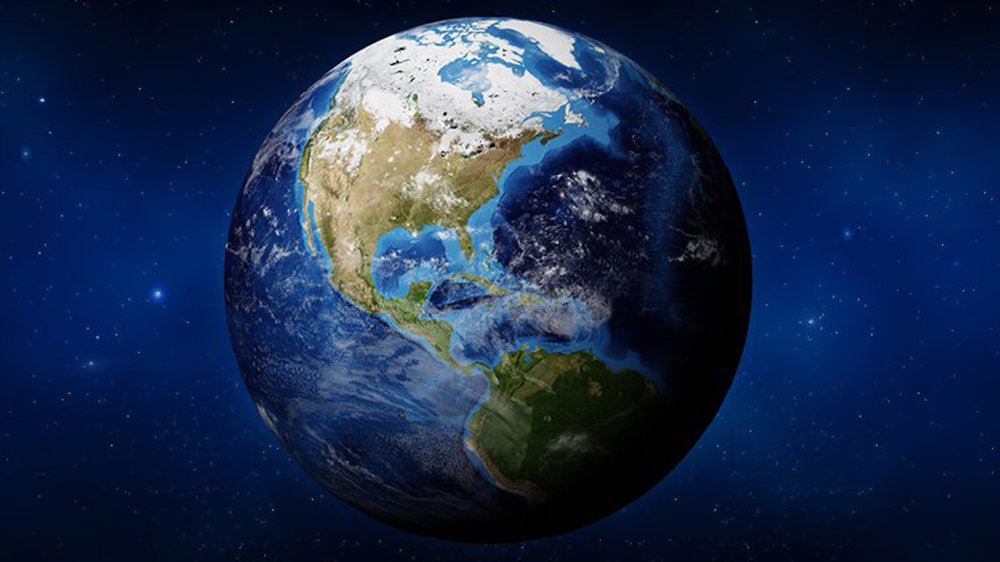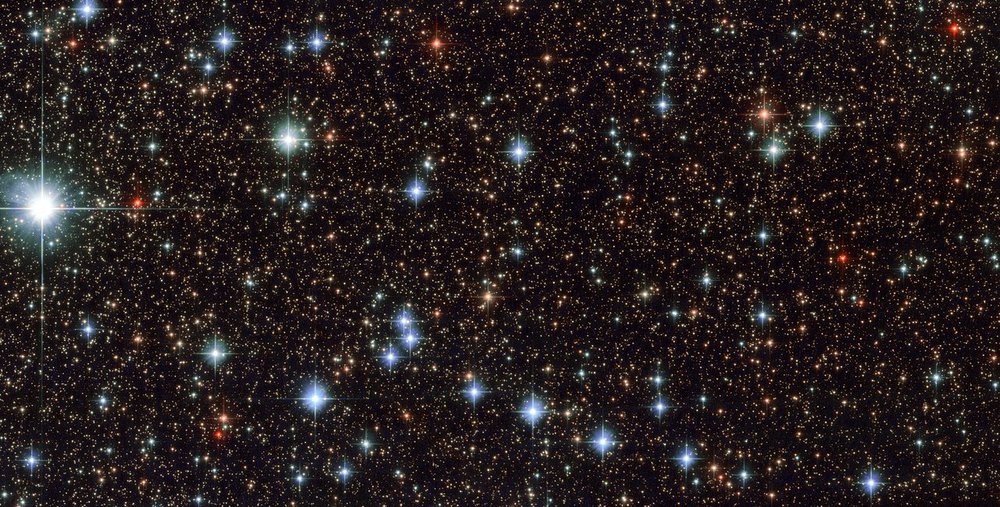Meteorites: It's About the Journey, Not the Destination
Hi, everyone! It's Justin Bartel. There's been some talk about meteorites recently so as the Museum astronomer, I thought I'd explain a little about them. A meteorite is a traveler by nature. Its arrival on Earth is one of the final steps in a journey that spans billions of years and trillions of miles. Though we usually don’t know exactly where it came from, a meteorite carries clues that scientists can use to peer into the past and piece together the story of the solar system’s history. It might hint at how the Earth itself formed and may even shed light on how the ingredients for life ended up on our planet.
That’s a pretty robust résumé for a little piece of rock!

Image credit: Getty Images
Before going farther, we should get some terminology out of the way. We astronomers are not masters of language – the naming of objects and defining of jargon is often done rather haphazardly – so some of the words used in discussions of meteorites sound like they can be interchanged when they really describe separate and specific things.
First, a meteorite is a relatively small (usually weighing less than 12 pounds) piece of rock and/or metal (it can be one, the other or a combo of both) which landed on the surface of a planet or moon after traveling through the larger world’s atmosphere. While traveling through an atmosphere, these pieces of rock and metal are heated by friction with the surrounding gas, glowing brightly as they streak across the sky. For these few seconds, the rock is called a meteor. If you find a small rock out in space, something less than one meter or yard wide, you’re better off calling it a meteoroid. Meteoroids might have formed on their own or be fragments broken off in collisions of larger space rocks like asteroids and comets.
Just like their larger cousins (planets, moons, asteroids, comets), the space rocks that become meteorites come in many different varieties. There are more than 60,000 meteorites on Earth, and they range from the size of a pebble to the largest known meteorite that’s nine feet across and estimated to weigh more than 60 tons. While no two meteorites are identical, we can divide them into a few broad groups.
A vast majority of meteorites are made mostly of rock. Their outermost layer is a dark, smooth fusion crust made of rock that melted during its meteoric trip through the atmosphere then cooled and hardened again. On the inside they hold a jumble of different minerals and metals. In most stony meteorites, this jumble is peppered with spherical grains called chondrules.
Chondrules often contain the same minerals as Earth’s upper mantle, but their spherical shape suggests they’ve never been part of a planet or moon large enough to melt and separate its interior into different layers. Chondrules are thought to be some of the oldest solid objects in the solar system, the raw material needed to build asteroids, comets, moons and planets. Scientists are currently trying to track down these primitive materials in space. Two spacecraft are en route to small, primitive asteroids to collect samples for return to Earth. (If you’re interested, you can follow the progress of Hayabusa2 at asteroid Ryugu and OSIRIS_REx at asteroid Bennu.)
While many meteorites can shed light on how planets like the Earth formed, there are a few that allow us to hold the once-molten cores of fledgling planets in our hands. Out of the roughly 60,000 meteorites reported by a scientist or collector to The Meteoritical Society and listed in their database, only about 1,200 of them are classified as iron meteorites. These space rocks are barely rocks at all. They are made almost entirely of the metals iron, nickel and cobalt. The most likely source for this material is the core of a large protoplanet, a world that was growing like the planets we know today, but didn’t grow out of its infancy without suffering a violent collision. Meteorites are teaching us that planet formation is not a quiet, gentle process!

In the first hundred million years of the solar system’s history, an untold number of worlds gathered enough dust, rock and metal to grow to a size where gravity reshaped them into spheres. As gravity remodeled these worlds, their interiors warmed and all of the ingredients they had swept up along the way melted. As they melted, the basic rules of buoyancy took over and denser metals like iron and nickel sank to the center, as lighter rocks and minerals rose to the surface.
A few lucky worlds – Mercury, Venus, Earth and Mars – must’ve grown fast enough that they were able to muscle out competing neighbors or more easily absorb the occasional collision. Others weren’t so lucky. Perhaps there was one that suffered a series of collisions that stripped the lighter materials from its surface, leaving nothing but its iron core behind. This may explain the origin of a large metallic asteroid named Psyche (we'll know more when a spacecraft with the same name visits Psyche In 2026). In other cases, the metallic core must’ve been shattered, too. We see small metallic asteroids wandering through the asteroid belt, and of course a few small pieces have made it to Earth in the form of iron-nickel meteorites.
As a piece of rock, a meteorite is not especially rare or exceptionally valuable. They are easy to purchase from reputable dealers and not impossible to find on the ground, still sitting where they fell to Earth. They are, in a way, more of a renewable resource than precious metals such as gold and silver because they still fall to Earth, delivering new time capsules from the birth of our solar system.
Meteorites are unusual and exceptional rocks, but their true value lies in the journey they’ve taken before getting to us.


